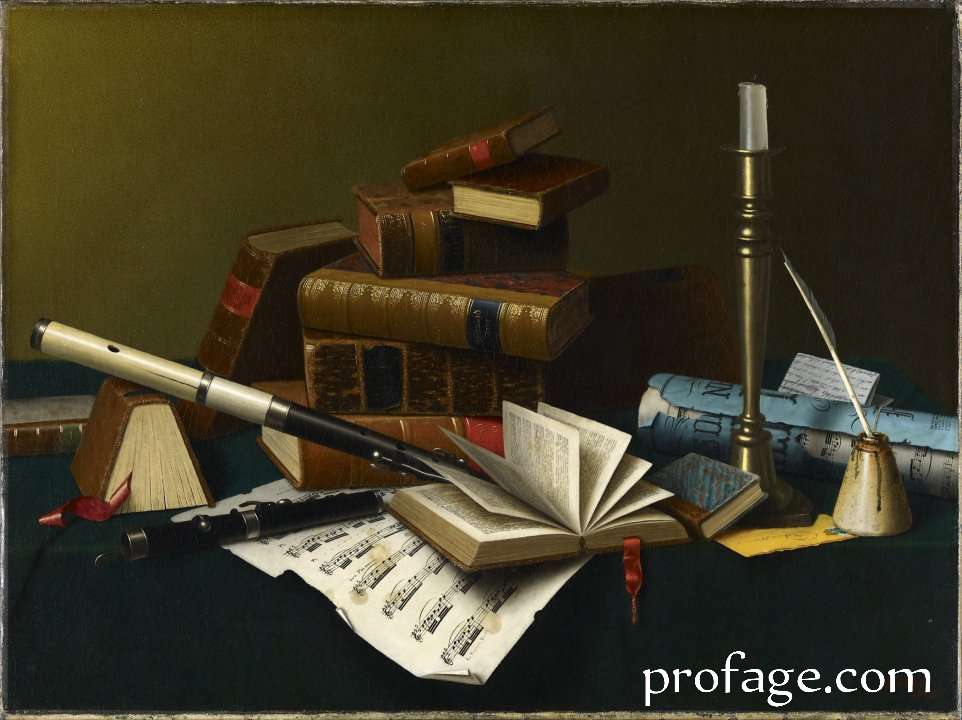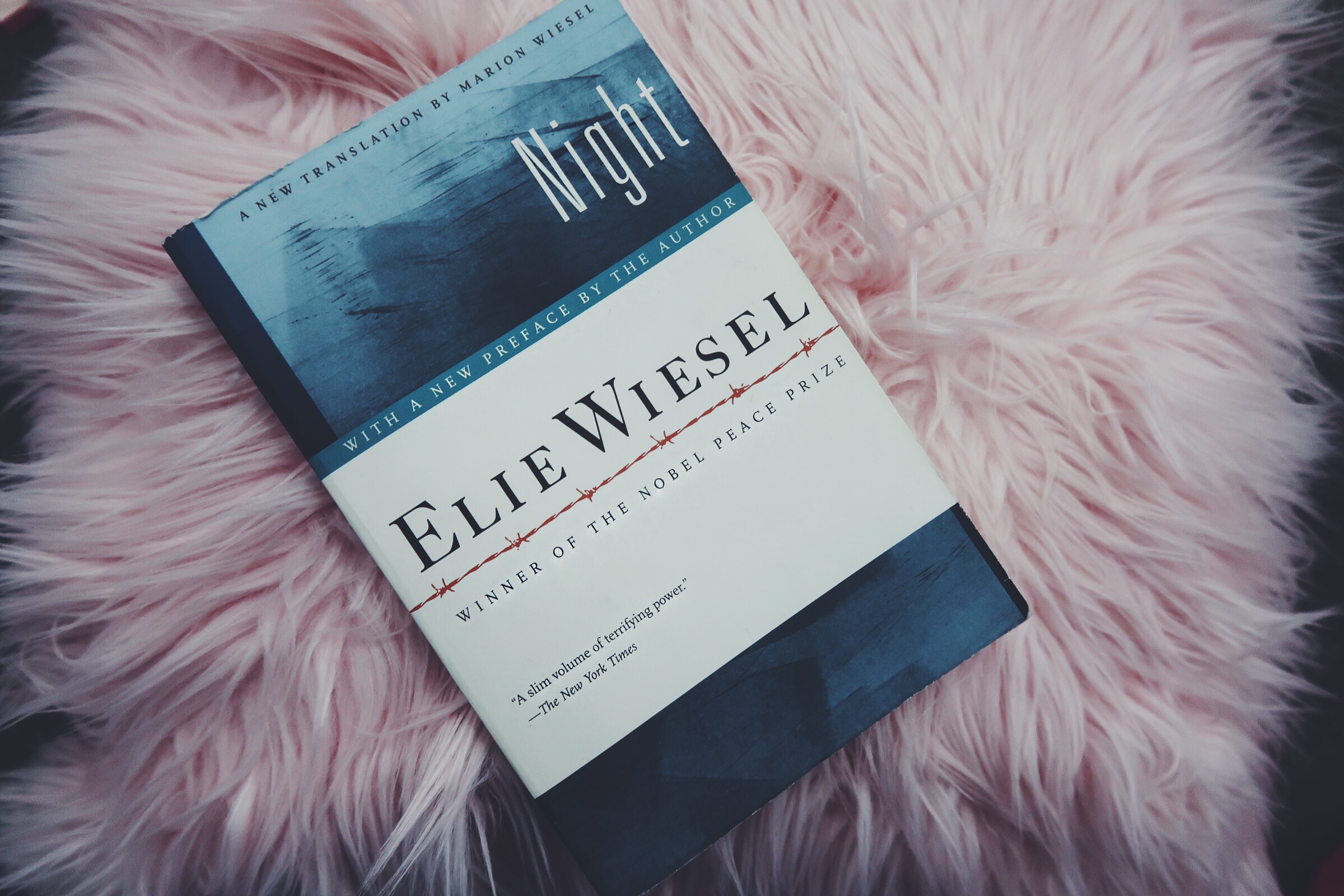The concept of music as literature is not actually far-fetched, but you may think there should be more to what you’re thinking of the topic. That’s fine, and we want to assure you that by the end of this article, you’d realize some of the things that never crossed your mind about this topic. Let’s go into the deal right away.
Music as literature refers to the concept of analyzing and interpreting music in a similar way to how literature is studied. It is simply the practice of taking music for literature. Knowing full well that just as literature uses words and written language to convey meaning and evoke emotions, music uses melodies, rhythms, and lyrics to tell stories, emotions, and ideas.
In this context, music can be studied as a form of artistic expression that shares commonalities with literature in terms of narrative structure, themes, symbolism, and the ability to convey ideas or provoke specific feelings. It explores the intention of the composer or songwriter, the historical and cultural context in which the music was created, and the impact it has on the listeners.
The same way literature can be subject to literary analysis and interpretation, music can be analyzed to uncover underlying meanings, explore the emotions it evokes, and gain insights into the human experience. Analyzing music as literature involves examining the musical elements such as melody, rhythm, harmony, and instrumentation, as well as the lyrics (if applicable), to identify patterns, motifs, themes, and the overall structure of the music.
Further, studying music as literature can also involve examining the social, political, and historical context in which the music was created. This broader perspective allows for a deeper understanding of the motivations and influences that shaped the music, as well as its impact on lives.
To wrap up, music as literature provides a framework for appreciating and understanding music as a form of artistic expression, exploring its multidimensional nature and its ability to convey complex emotions and ideas.
How Are Music and Literature Similar?
Music, often described as the universal language, holds a unique place in the realm of art and expression. While it is primarily an auditory experience, it shares a significant connection with literature, transcending the boundaries of written words. In light of this, we shall delve into some of the notable similarities between music and literature.

- Narrative Through Composition
Music and literature may be two distinct art forms, but they interrelate to create a harmonious connection that transcends boundaries and encompasses the depths of human expression. Both art possess the power to evoke emotions, inspire imagination, and convey profound narratives, captivating audiences across boundaries.
Much like a well-crafted novel, music has the power to tell a story. Composers utilize various musical elements—rhythm, melody, harmony, and dynamics—to create arcs of tension, resolution, and emotional depth. A typical example is Beethoven’s symphonies, which are often likened to epic tales, with each movement representing a different chapter in a narrative.
- Poetry in Motion
Lyrics, the written words of a song, are akin to poetic verses. They possess the capacity to convey intricate emotions, vivid imagery, and poignant messages. Bob Dylan, the Nobel laureate, is a testament to the lyrical prowess of musicians. His songs are a masterclass in storytelling and social commentary, proving that music can be a form of modern poetry.
Moreover, music and literature often draw inspiration from one another. Lyrics in music can embody poetic qualities, utilizing metaphors, similes, and vivid imagery to convey meaning and emotion. Similarly, literature sometimes incorporates musical elements, employing rhythm and cadence to craft evocative prose.
Read Also: What is the Scope of Literature?
- Cultural Chronicles
Music is a repository of culture and history. Traditional folk songs, for example, serve as living records of a community’s values, struggles, and triumphs. They preserve the essence of a people and offer a glimpse into the collective psyche of a society.
Both art forms serve as vehicles for shaping and reflecting cultural and societal ideals. Cross-pollination occurs when musicians draw lyrical inspiration from literary works, incorporating themes, symbols, and characters into their compositions. Conversely, literature frequently references or incorporates musical compositions, enhancing the emotional resonance of text through connection with melodic counterparts.
Aside from the point of cultural chronicles, music and literature also intersect in their ability to serve as forms of social commentary. They illuminate the human experience, highlighting societal issues, political landscapes, and personal journeys. Whether through lyrics that speak to the struggles of the marginalized, or stories that shed light on the complexities of the human condition, both mediums possess the power to inspire change and provoke contemplation. The works of certain singers are radical in nature too.
- Emotional Resonance
Both literature and music possess the remarkable ability to evoke emotions. A melancholic melody can draw tears just as effectively as a poignant passage in a novel. This shared emotive power binds the two art forms in a profound way, creating a symbiotic relationship.
As a matter of fact, the emotions a song evoke in a writer may inspire him to create a profound literature, and the same is true with the singer to the works of writers. In other words, both could equally inspire ideas.
- Music is a genre of literature
This is more like our point number two on this list. If nothing has convincingly brought music close to literature for you so far, then this will surely do. Music is part of literature. It can be regarded as an aspect of poetry.
There are several kinds of poetry too, but music being part of litrature is evident in the fact that some kinds of poetry, lyric (lyricism) for one, are singable.
- Interplay of Interpretation
Much like literary analysis, music invites interpretation. Each listener brings their unique experiences, emotions, and perspectives to a piece, imbuing it with personal meaning. This subjective engagement allows for a diverse range of responses, fostering a dynamic and ever-evolving dialogue.
In essence, music and literature coexist as two sides of the same artistic coin, complementing each other’s strengths and encapsulating the vastness of human experience. Their interplay expands the boundaries of storytelling, enriching narratives through melodies, words, and emotions. As we delve into the enchanting realms of music and literature, we find ourselves immersed in a world where imagination and emotion collide, inviting us to explore the beauty of creativity in its multifaceted forms.
Conclusively, music and literature share a common goal at their core: to tell stories. While literature utilizes written language and words to paint pictures in the mind, music employs melodies, harmonies, and rhythms to weave tales that resonate deep within the soul. Through their unique languages, both art forms transport audiences into realms of imagination, allowing them to experience narratives with heightened levels of emotional intensity.
Final Thought
Music and literature, though distinct in their mediums, share a profound connection through their capacity to pique the soul, convey narratives, and capture the essence of the human experience. Together, they form a powerful tapestry of artistic expression, enriching our lives in ways that words alone or say—ordinary use of words, could never achieve.
Share


